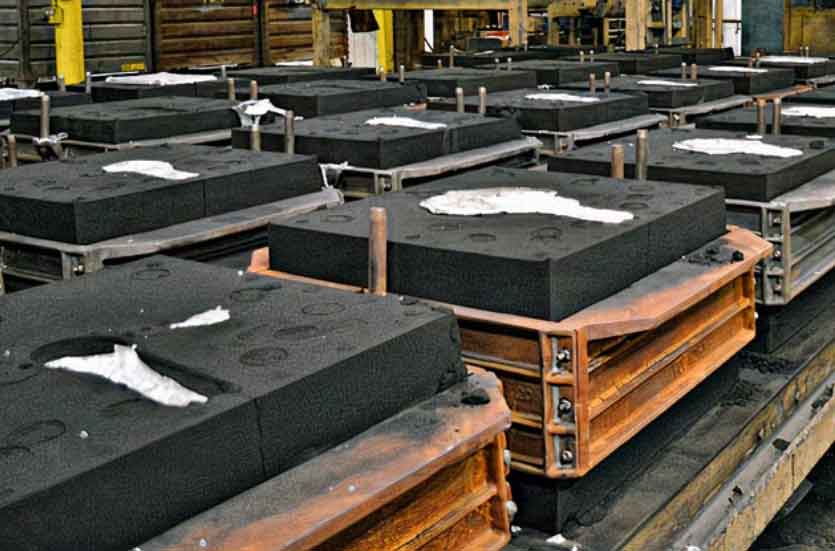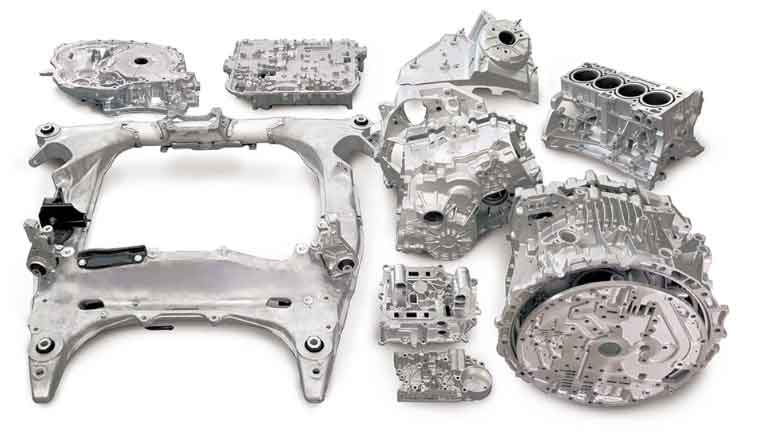Investment casting, also known as lost-wax casting, is a casting method that offers unique advantages compared to other casting methods. Let’s compare investment casting with other commonly used casting methods:
1. Precision and Complexity:
Investment Casting: Investment casting provides excellent dimensional accuracy and intricate detail reproduction. It is well-suited for manufacturing complex components with thin walls, fine features, and internal cavities.
Sand Casting: Sand casting offers lower precision compared to investment casting. It is more suitable for simpler designs and larger, less intricate components.
Die Casting: Die casting provides good dimensional accuracy, but it may have limitations in terms of intricate detail reproduction compared to investment casting.
2. Surface Finish:
Investment Casting: Investment casting offers superior surface finish due to the use of ceramic molds and the ability to produce intricate details. It requires less post-casting machining or finishing operations.
Sand Casting: Sand casting provides a rougher surface finish compared to investment casting. Additional machining or surface treatment is often required to achieve the desired surface quality.
Die Casting: Die casting can produce parts with a smoother surface finish compared to sand casting but may not match the level of surface detail achieved in investment casting.
3. Material Selection:
Investment Casting: Investment casting supports a wide range of materials, including various metals and alloys such as stainless steel, carbon steel, aluminum, titanium, and superalloys. This versatility allows designers to select materials with specific mechanical properties, corrosion resistance, or heat resistance.
Sand Casting: Sand casting can accommodate a wide range of metals and alloys, but certain materials may pose challenges due to their melting points or reactivity with the mold materials.
Die Casting: Die casting is typically limited to non-ferrous metals such as aluminum, zinc, and magnesium. It may not be suitable for casting high-temperature alloys or ferrous metals.
4. Design Flexibility:
Investment Casting: Investment casting offers design flexibility, allowing for the creation of complex shapes, thin walls, and intricate features. The use of wax or resin patterns allows for easy modification and optimization of designs.
Sand Casting: Sand casting provides moderate design flexibility, but complex designs with fine details may be challenging to achieve.
Die Casting: Die casting offers limited design flexibility compared to investment casting, particularly in terms of thin walls and complex internal features.
5. Cost Efficiency:
Investment Casting: Investment casting can be cost-effective for producing small to medium quantities of complex components. The initial tooling costs for investment casting can be higher than other methods, but it offers potential cost savings in terms of reduced machining and material waste.
Sand Casting: Sand casting is a cost-effective method for producing larger quantities of simpler components. It has lower tooling costs but may require more post-casting machining operations.
Die Casting: Die casting is cost-effective for high-volume production due to its shorter cycle times and lower labor costs. However, the initial tooling costs can be higher compared to investment casting.
Each casting method has its strengths and limitations, and the choice depends on factors such as component complexity, required precision, surface finish, material selection, and production volume. Investment casting excels in producing intricate, highly precise components with superior surface finish, making it suitable for industries such as aerospace, automotive, and medical where precision and complexity are crucial.



